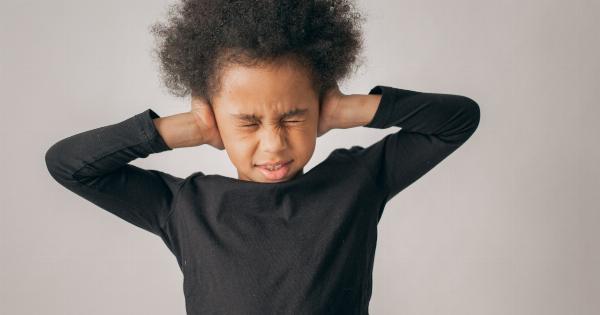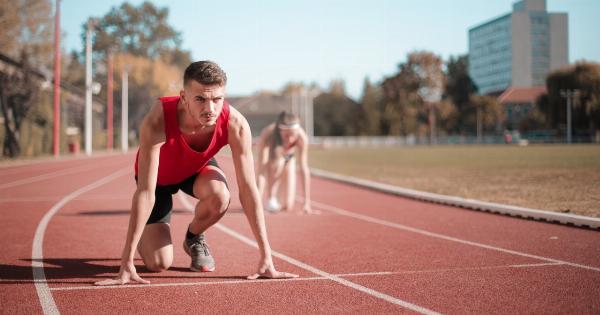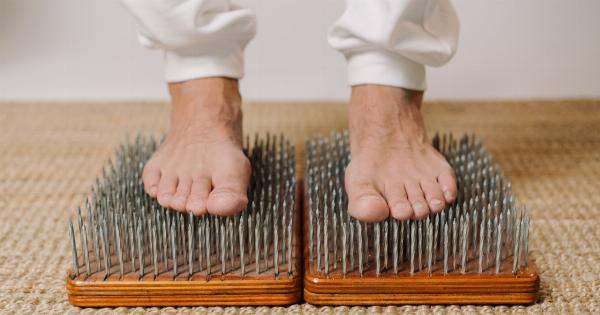Participation in sports offers numerous benefits to young athletes, including improved physical fitness, enhanced mental well-being, and the development of valuable life skills.
However, it also carries the risk of injury, particularly concerning head injuries like concussions. A concussion is a type of traumatic brain injury that can have serious consequences if not properly managed. In this article, we will explore various strategies and tips to prevent concussions in young athletes, ensuring their safety and well-being.
Understanding Concussions
Before delving into prevention strategies, it is essential to have a clear understanding of what a concussion is and how it affects the brain.
A concussion occurs when the brain experiences a violent movement within the skull, typically due to a blow to the head or an impact that causes the head to jolt rapidly. This sudden movement can result in damage to brain cells, leading to various symptoms like headaches, dizziness, confusion, and in severe cases, loss of consciousness.
The Importance of Concussion Prevention
Preventing concussions should be a top priority for athletes, coaches, parents, and anyone involved in any form of sports activity.
The consequences of an untreated or improperly managed concussion can be devastating and have long-term effects on a young athlete’s physical, cognitive, and emotional well-being. By implementing effective prevention strategies, we can minimize the occurrence of concussions and protect our young athletes from potential harm.
H2: Proper Training and Technique
Training and technique play a crucial role in preventing concussions in young athletes:.
- Emphasize proper tackling and blocking techniques in contact sports like football, rugby, and hockey.
- Ensure coaches are well-versed in safe coaching practices and prioritize teaching athletes the correct way to engage in sports activities.
- Implement regular strength and conditioning programs to improve overall body control and reduce the risk of falls or collisions.
H2: Protective Equipment
The use of appropriate protective equipment is essential in minimizing the risk of concussions:.
- In high-contact sports, such as American football or ice hockey, athletes should wear helmets specifically designed for impact absorption and head protection.
- Make sure all protective equipment fits properly and is well-maintained. Helmets, in particular, should be regularly inspected for any signs of damage or wear.
- Additional protective gear, such as mouthguards and cushioned headbands, can provide added protection and reduce the risk of concussions.
H2: Athlete Education
Young athletes must be educated about the risks of concussions and how to prevent them:.
- Teach athletes about the signs and symptoms of concussions, emphasizing the importance of promptly reporting any potential head injury or related symptoms.
- Encourage athletes to advocate for their own safety by speaking up if they witness unsafe practices or notice a teammate displaying concussion symptoms.
- Incorporate concussion education programs into sports organizations, schools, and community initiatives to raise awareness among athletes, coaches, and parents.
H2: Game Safety
Ensuring safety during games and competitions is vital for concussion prevention:.
- Ensure referees and officials enforce rules that prioritize player safety, particularly regarding illegal or dangerous plays that may increase the risk of head injuries.
- Implement and enforce strict policies regarding return-to-play guidelines after a suspected or diagnosed concussion, following the advice of medical professionals.
- Consider modifying rules or gameplay regulations in certain sports to minimize the risk of high-impact collisions or excessive physical contact.
H2: Establishing a Supportive Environment
Creating a supportive environment for young athletes can contribute to concussion prevention:.
- Promote a culture of safety and respect within the team or organization, encouraging open communication and dialogue.
- Provide resources and support for coaches, parents, and athletes to seek proper education and training in concussion prevention and management.
- Ensure adequate medical support is available during practices and games, including access to healthcare professionals trained in recognizing and managing concussions.
H2: Regular Monitoring and Evaluation
Consistent monitoring and evaluation of athletes can help identify potential risks and track the effectiveness of prevention efforts:.
- Conduct regular screenings to assess athletes’ baseline cognitive function and balance.
- Implement protocols for sideline assessment of potential concussions during games or practices.
- Track and analyze injury data to identify trends, areas of improvement, and areas where prevention strategies may need adjustment.
H2: Encouraging Multisport Participation
Encouraging young athletes to participate in multiple sports rather than specializing in one can have several benefits:.
- Reduced risk of overuse injuries, including concussions, that can result from repeated exposure to the same activities.
- Enhanced overall athleticism and physical literacy, which can contribute to better overall body control and coordination.
- Opportunities to develop a broader range of skills and abilities, reducing the reliance on specific movements or techniques that may increase the risk of concussions.
H2: Parental Involvement
Parents play a significant role in concussion prevention:.
- Ensure their child’s sports organization adheres to the appropriate safety guidelines, including concussion protocols.
- Encourage open communication with their child’s coach or athletic trainer regarding any concerns or questions regarding safety.
- Support efforts to educate athletes about concussions and advocate for increased safety measures.
H2: Seeking Professional Guidance
When it comes to preventing concussions and managing head injuries, seeking guidance from healthcare professionals is crucial:.
- Consult with a healthcare provider trained in sports medicine or concussion management to create comprehensive prevention strategies tailored to your athletes and their specific activities.
- Ensure athletes receive prompt and appropriate medical attention if a concussion is suspected or diagnosed.
- Follow the specified guidelines for the gradual return to play after a concussion, as recommended by healthcare professionals.
Conclusion
Preventing concussions in young athletes requires a multi-faceted approach that involves proper training, the use of protective equipment, education, and the creation of a supportive and safe environment.
By implementing these strategies and involving all stakeholders, we can significantly reduce the risk of concussions and safeguard the well-being of young athletes, allowing them to enjoy the benefits of sports participation while minimizing the potential for long-term negative consequences.






























